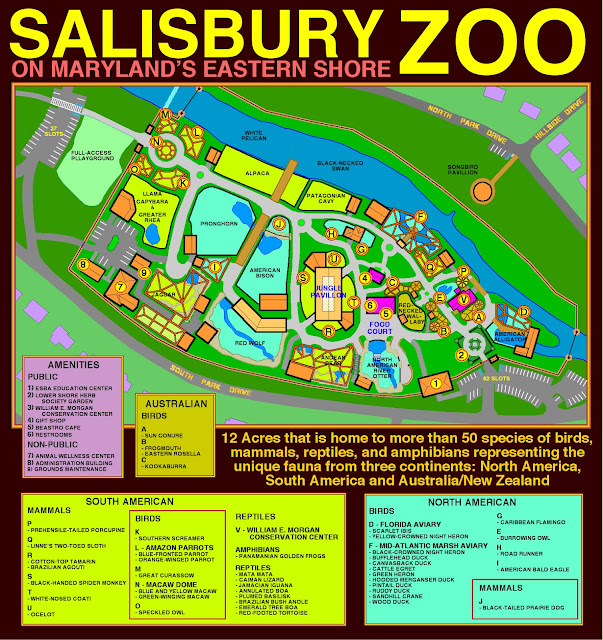Saturday, October 31, 2020
Tracking Covid-19 in the DMV
Friday, October 30, 2020
The Last Blooms of the Year
In what might be one of the grand understatements ever tossed off by a plant-loving customer assistant at a boutique nursery... They are notoriously poisonous! Deadly appears all the time in the literature and it's not just the roots or sap or petals...it the whole package. Even contact with the skin of a casual nature can result in rashes! Mine have been very well behaved, and I always wash immediately after having any contact with them.
So why do I keep them around? Hmmm...well, you never know when an obscure toxin will come in handy... Happy Halloween!
Thursday, October 29, 2020
My Master Plan: The Salisbury Zoo, Salisbury, Maryland
I'm at it again. This time with the Salisbury Zoo in Salisbury, Maryland. It's a lovely little zoo with a reasonable focus (species of the America's and Australia) that sits on 12 acres of land in a neighborhood park in the largest community in Maryland on the eastern shore. Largest isn't saying much. Salisbury was founded in 1732 by Lord Baltimore himself as an outpost at the headwaters of the Wicomico River; however, it didn't incorporate as a city until 1854. Today, it is home to about 30,000 people with an annual influx of students to Salisbury State University. It sits in the center of Maryland's poultry industrial complex under the anchorage of Perdue Farm Industries, and sports a handful of other tech and pharmaceutical related factories/facilities. I mention this, because while in my fantasy zoo renovation world, I underwrite the majority of costs, it's important to identify other players who can step in and continue to support the institution into the future. As well as, academic partnerships. Salisbury state might establish a degree in zoo husbandry or zoo administration in partnership with the zoo to both institution's mutual benefit.
Another reason for selecting the Salisbury Zoo was it's recent suspension of its coveted AZA (Association of Zoos and Aquariums) accreditation. A girl's got to have standards, but she can also be a bitch sometimes. This zoo has given a lot to the mission of the AZA, and in no aspect more than its Species Survival Program for the Andean Speckled Bear. Now, I'm not saying that the place doesn't need up-grades. So in this the AZA and I are in agreement. But when dealing with a small zoo with limited means, it disappoints me a little that they don't provide at least grants to help these members meet standard. My redesign addresses the issues ensuring a return to accreditation.
Without further ado -- My Plan!
The look is classical and the effect is to limit access to the zoo to predetermined entrances. Specifically, the East Gate and West Gate public entrances, the Admin Complex driveway and the ESBA Educational building exterior entrance. Creating a secure perimeter is part of the AZA accreditation protocols.
Additionally, I applied my criterion of "wonder" to the design. While animal welfare and habitat authenticity are both primary considerations, so is creating a sense of wonder. To accomplish this, the design holds several key access to wonder experiences. For instance:
- The West Gate's multiple aviaries. Guests are greeted by five amazing habitats and a plethora of birdsong and wonder.
- The new Jaguar habitat with it's expanded size, natural rock formations, and below water observation area.
- The new North American River Otter habitat with its expanded stream and deep water pond. A path goes under the exhibit to allow guests an underwater view of the otters at play.
Tuesday, October 27, 2020
Sunday, October 25, 2020
Thursday, October 22, 2020
Halloween Helpers
Knowing that I do not decorate for Halloween, my spider friends have decided to take matters into their own legs!


















































